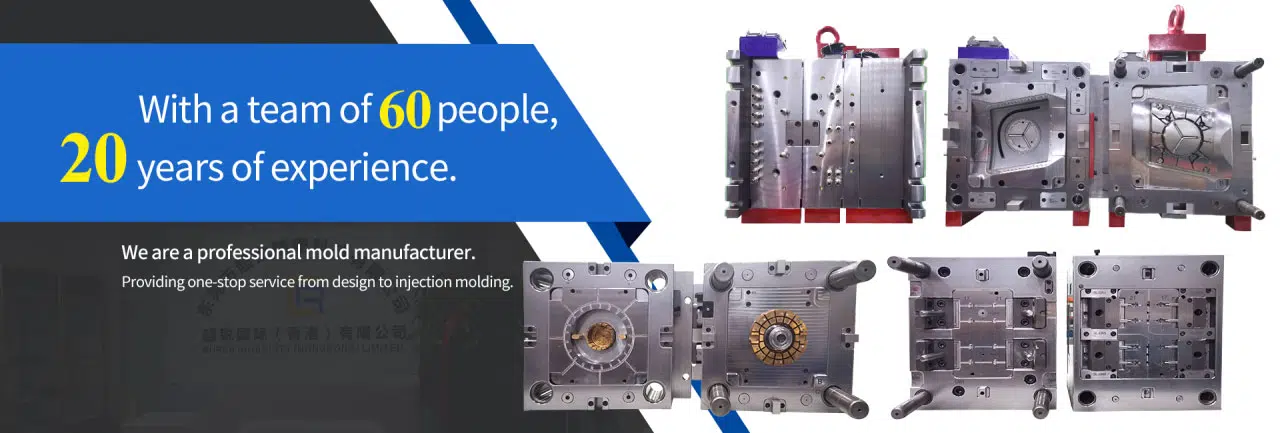
# 5-Axis Machining: Precision and Efficiency in Advanced Manufacturing
## Introduction to 5-Axis Machining
5-axis machining represents a significant leap forward in manufacturing technology, offering unparalleled precision and efficiency for complex part production. Unlike traditional 3-axis machines, 5-axis CNC machines can move cutting tools or workpieces along five different axes simultaneously, enabling manufacturers to create intricate geometries with superior surface finishes.
## How 5-Axis Machining Works
The “5-axis” refers to the machine’s ability to move a tool or workpiece in five different directions: the three linear axes (X, Y, and Z) plus two rotational axes (typically A and B). This multi-directional movement allows the cutting tool to approach the workpiece from virtually any direction, eliminating the need for multiple setups and reducing production time.
Key advantages of this movement capability include:
– Reduced setup time and increased accuracy
– Ability to machine complex shapes in a single operation
– Improved tool life through optimal cutting angles
– Better surface finishes on contoured parts
## Applications Across Industries
5-axis machining has become indispensable in various high-tech industries:
### Aerospace Components
The aerospace industry relies heavily on 5-axis machining for producing turbine blades, engine components, and structural airframe parts that require extreme precision and complex geometries.
### Medical Device Manufacturing
From orthopedic implants to surgical instruments, 5-axis machines create the intricate, patient-specific components needed in modern medicine with exceptional accuracy.
### Automotive Prototyping
Automotive manufacturers use 5-axis machining for rapid prototyping of complex parts like cylinder heads, transmission cases, and suspension components.
### Mold and Die Making
The technology excels at creating intricate molds and dies with complex contours and fine details required for injection molding and other forming processes.
## Benefits Over Traditional Machining
The transition from 3-axis to 5-axis machining offers numerous advantages:
– Increased Accuracy: Fewer setups mean reduced cumulative error
– Faster Production: Complex parts can be completed in single operations
– Improved Surface Finish: Optimal tool positioning reduces visible tool marks
– Greater Design Freedom: Engineers can create more complex geometries
– Reduced Tool Wear: Better cutting angles distribute wear more evenly
## Challenges and Considerations
While 5-axis machining offers tremendous benefits, it also presents some challenges:
– Higher initial investment costs compared to 3-axis machines
– Requires more advanced programming skills and CAM software
– Demands careful fixturing and workholding solutions
– Needs skilled operators to maximize potential
– Requires rigorous maintenance for precision upkeep
Keyword: 5-Axis Machining
## The Future of 5-Axis Machining
As manufacturing demands grow more complex, 5-axis technology continues to evolve:
– Integration with additive manufacturing for hybrid processes
– Improved automation and robotic loading systems
– Advancements in cutting tool technology
– More user-friendly programming interfaces
– Increased adoption of simulation and verification software
These developments promise to make 5-axis machining more accessible and productive for manufacturers of all sizes.
## Conclusion
5-axis machining has revolutionized modern manufacturing by combining precision, efficiency, and versatility in ways previously unimaginable. As the technology becomes more widespread and affordable, it’s transforming how industries approach complex part production, enabling innovations across aerospace, medical, automotive, and other advanced manufacturing sectors. For companies looking to stay competitive in high-precision manufacturing, investing in 5-axis capabilities is becoming less of an option and more of a necessity.